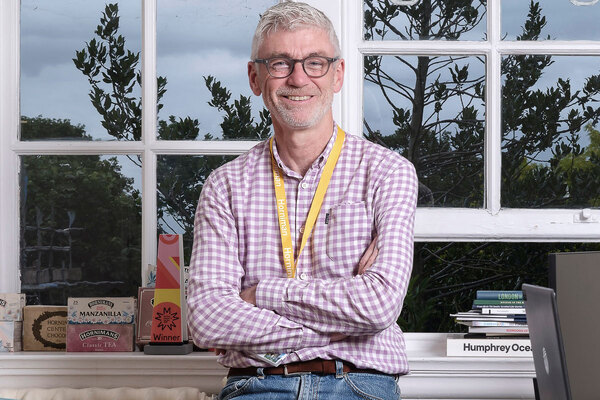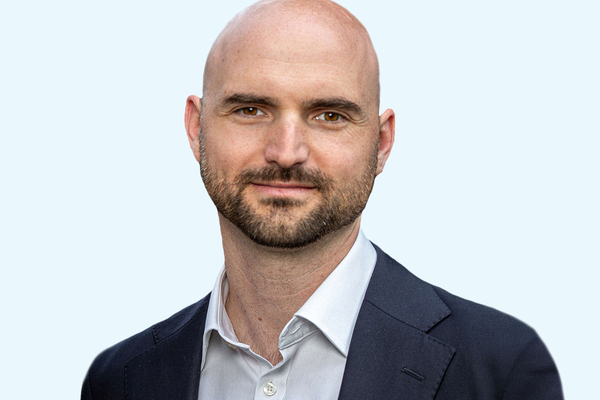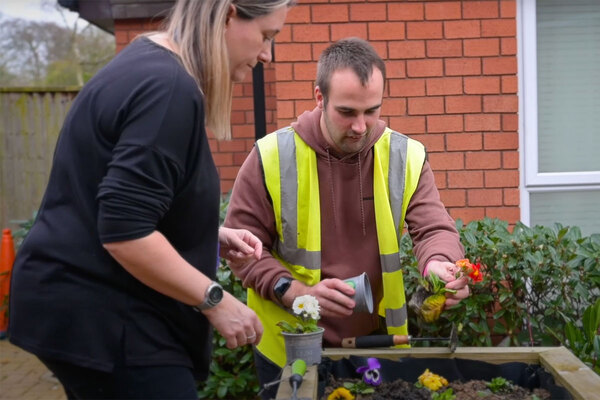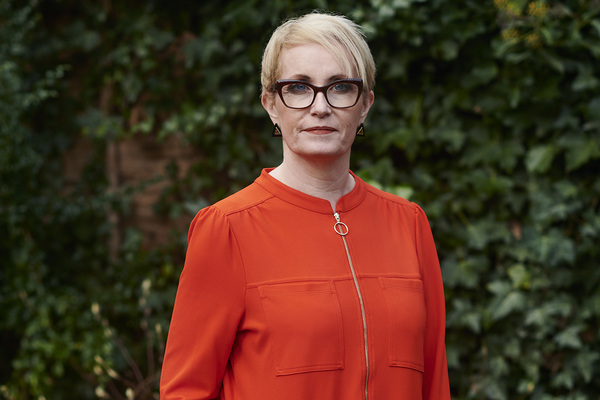Pilot retrofit project is refining how to cut energy use and carbon emissions
With five million social rent properties in the UK, the sector can make a huge contribution to the 2050 net zero target. Inside Housing speaks to Emily Braham at Energiesprong UK, James Traynor at ECD Architects and Matt Hickman at Vinci Facilities, to find out how their collaboration can make a difference
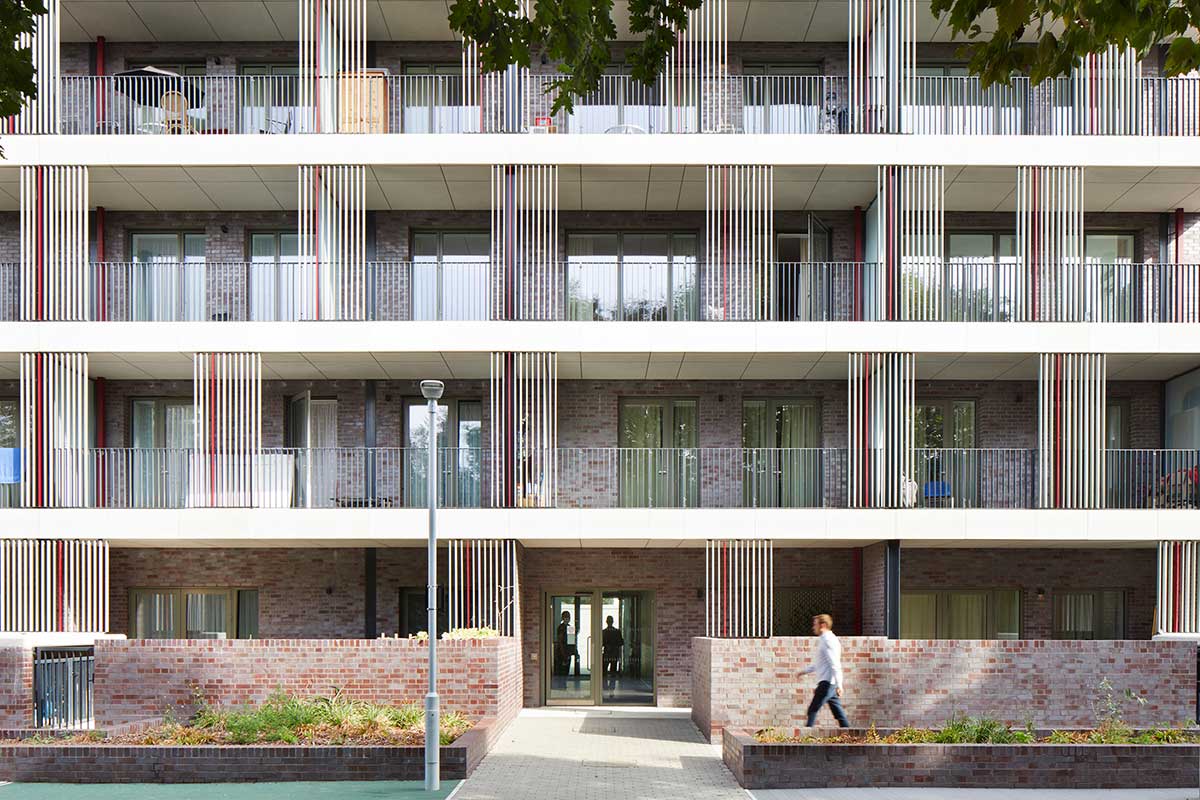
In association with:

In under six months, the world will gather in Glasgow for climate change negotiations. As host, the UK is expected to push for ambitious targets to cut greenhouse gas emissions, in a bid to limit rising temperatures to 2°C above pre-industrial levels.
There are five million social rent properties in the UK, so the sector can make a huge contribution to achieving the 2050 goal. Inside Housing speaks to three key participants working with social landlords on a pilot retrofit accelerator project to learn and refine the process of cutting energy use and carbon emissions from existing social homes.
A survey by Inside Housing last year calculated it will cost £104bn to decarbonise all UK social housing stock. What do social landlords need to think about for funding?
EMILY BRAHAM: A challenge we have in the UK is that we are reliant on grant funding. The cycle of this is boom and bust.
To reduce reliance on grant, we need market-based solutions that finance the retrofit from savings. Social landlords spend more than £5bn a year on maintenance and tenants spend more than £4bn on energy bills. That money could be put into achieving net zero targets. A fully self-financed approach would remove the reliance on grant funding and therefore allow faster scaling.
A longer-term approach where collaborations and contracts run beyond the duration of funding cycles can allow solution providers to develop their products to make them more appealing for housing providers.
In the UK, we have previously procured projects one at a time. This new approach allows ongoing collaboration. It also gives solution providers and housing providers a chance to explore how they can maximise income and savings, and reduce cost.
JAMES TRAYNOR: I’d like to reiterate that point about long-term thinking, both for individual properties or stock-wide analysis. We need to identify the trigger points for investment as part of a long-term co-ordinated plan per property type.
Emily Braham is head of strategy and operations in the market development team at Energiesprong UK. She has an MSc in area-based retrofit and 16 years of experience in social housing, delivering some of the UK’s most innovative retrofit schemes.
She is passionate about using collective action to drive energy efficiency.
While landlords are evaluating the retrofit work needed, what other points need be considered?
EB: Again, I’d suggest a long-term approach. The innovation partnership is a compliant procurement approach for a large framework, which means the solution provider has the long-term commitment and opportunity to work their way through designing solutions, scale up the process and deliver them over time. The idea is that the solution providers will work their way through solutions with a couple of landlords, build the scale, see solutions working, learn lessons and then take on bigger projects.
MATT HICKMAN: Areas to evaluate are the planning, type of property and the programme of work required. A landlord can either take a fabric-first approach and focus on external work, such as installing insulated panel systems to the walls and roof and upgrading doors and windows to Passivhaus standards, which will improve the appearance of the property and make it more comfortable and cost-effective for the resident, or there’s a more holistic option. This involves evaluating the whole house to include an upgrade of the energy source and data monitoring to capture real-time energy use, tailoring the solution to the lifestyle of the tenant.
James Traynor is managing director of ECD Architects. He is a Passivhaus designer with an MSc in advanced energy and environmental studies from the Centre for Alternative Technology and author of EnerPHit – A Step by Step Guide to Low Energy Retrofit (RIBA Publishing, 2019).
He has worked on mixed-use, regeneration and retrofit projects, notably Wilmcote House in Portsmouth, the largest residential building globally to target the Passivhaus EnerPHit Standard.
One of this year’s Passivhaus Awards winners is the refurbishment project undertaken by Camden Council on the Agar Grove Estate. What are the advantages of designers working towards Passivhaus standards to achieve net zero and how is performance measured?
JT: We are strong advocates of the Passivhaus methodology and standard. Our existing buildings are important – 85% will still be here in 25 years’ time.
Another area we need to look at is embodied carbon of components – we can’t just focus on the operational carbon of saving energy, we need the full picture.
What role can technology have in aiding the retrofit process, but also when the property is inhabited?
MH: The retrofit accelerator project is not just about design and construction, it’s also about maintenance, and data monitoring and application for the whole life of the building.
JT: This long-term holistic approach is crucial to ensuring the building performs as intended. Measuring and monitoring at handover and beyond will not only improve the quality of our homes, but hopefully our future standards and ultimately the lives of residents.
This information will also provide a rich dataset which is far more reliable than the current EPC [Energy Performance Certificate] data based on RdSAP [Reduced Data Standard Assessment Procedure, which measures the energy efficiency of existing homes].
Ongoing research and monitoring by the University of Southampton at our Wilmcote House project in Portsmouth show the increasing risk of climate change on summer overheating and how our Passivhaus retrofit can mitigate this through active housing management working with residents.
EB: It’s also important for tenants to have the feedback from data-recording devices. It helps them to understand how they are using their energy and how to use less. As an energy provider, Energiesprong’s model is to offer a set amount of energy and water to the tenant for a set price. Allowing tenants to see how much they are using helps them stay within their energy bundle and make the expected financial savings.
MH: What is critical is the privacy and integrity of data collection and application. We want residents to understand how we protect their privacy; this is a serious responsibility.
Part of working towards net zero goals is a requirement for the resident to be on board with the changes and to adjust behaviour. Communicating this is a vital element. How can this be done?
MH: It’s vital to engage residents. It is all new, and we need them to understand that there will be some disruption that we will minimise through collaborative working. We work with Tpas, the tenant advisory service, to deliver the best solution possible for customer service. The benefits are that their homes will be more comfortable and efficient.
For example, we are looking at innovative ways, including artificial intelligence, to not simply capture data, but use it in a real-time format that links with a green-energy tariff to utilise the lowest cost of heating during the day.
JT: These improvements are also an opportunity for co-design with residents. We are currently working on a project involving 220 properties in west London. There’s a scrutiny panel that offers constant feedback. It means residents are actively engaged and have helped shape their homes for the future. Often this results in a stronger sense of ownership, so it’s ultimately a more successful scheme.
MH: Within the next 10 years, there will be a net zero energy solution for social housing. EPC levels will improve and data monitoring and AI applications, coupled with green-energy sources, will reduce energy bills and emissions to create more comfortable homes.







